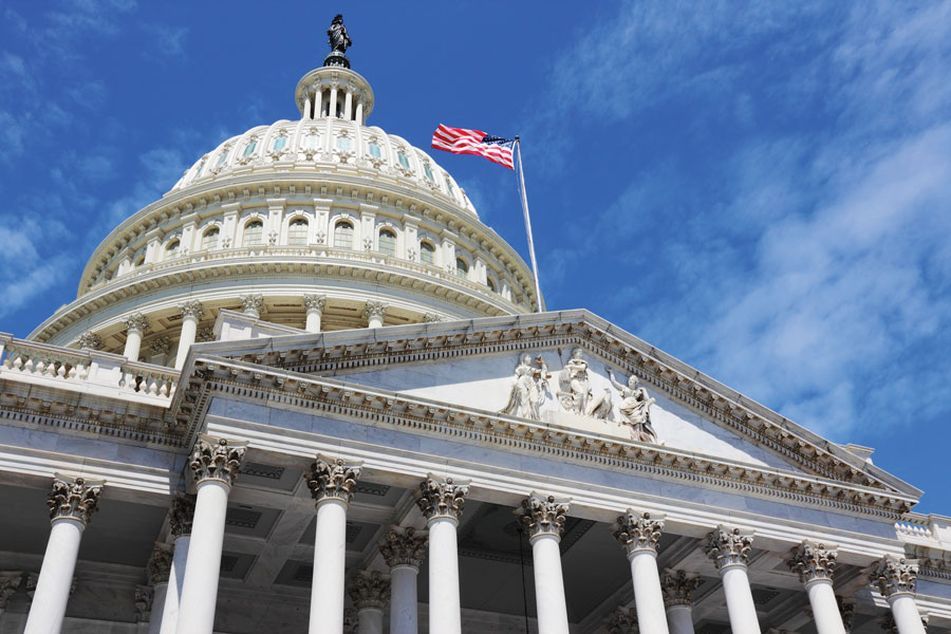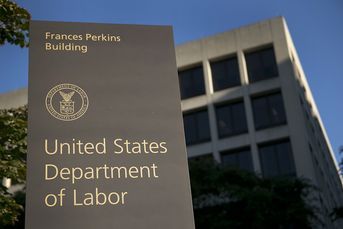The push to allow CITs in 403(b)s

A bipartisan bill to amend the Internal Revenue Code hints at more attention to the issue, according to a report from Morningstar
Fees in 401(k) plans have been falling for years, in part as a result of lower investment costs in mutual fund alternatives such as collective investment trusts — an option that is legally prohibited for most 403(b) plans.
Some members of Congress are trying to change that, and the initiative could get more attention in the near future. In March, a bipartisan group of House members introduced H.R. 6257, the Public Service Retirement Fairness Act of 2020, which would amend the Internal Revenue Code, the Investment Company Act of 1940 and the Securities Act of 1933 to expressly allow collective investment trusts to be used within 403(b)s.
“This is probably the first really successful attempt to do this,” said Aron Szapiro, head of policy research at Morningstar, which this month published a short paper on the benefits of allowing CITs in 403(b) plans. “It’s a bipartisan idea. I don’t think it’s terribly controversial.”
The bill itself is unlikely to pass — it has only a 2% chance, according to a projection from Skopos Labs cited by GovTrack. But the idea is likely to be included in future tax or retirement bills, Szapiro said.
The rules governing investments within 401(k)s and 403(b)s are different, he noted. While 401(k)s are generally offered to employees in for-profit businesses, 403(b)s are limited to public school, nonprofit and church workers.
403(b) regulations positively identify permissible investments, which are currently limited to mutual funds and annuities. Because CITs are not specifically mentioned in the law, 403(b) plan sponsors have had to get private-letter rulings from the IRS in order to include them on their menus, which means very few such plans currently have them, Szapiro noted.
CITs, which are bank products, are governed by a variety of regulations, including those in individual states, according to Morningstar’s report. The products don’t have the same level of transparency as mutual funds, though investment providers have moved to make them more familiar for plan sponsors. That includes publishing information sheets that are similar to mutual fund prospectuses, for example.
What makes the investment vehicles attractive is their cost. Because they have lesser legal requirements and can’t be marketed, in most cases their fees are lower than otherwise identical strategies in mutual fund wrappers, Szapiro said.
And for a variety of reasons, including doing the right thing by plan participants and trying to avoid class-action litigation, plan sponsors are seeking the lowest possible costs for the investments in their plans. CITs have grown to account for a larger share of 401(k) assets as many large plans have switched to them, which has helped bring the investment vehicle into the spotlight.
On an asset-weighted average, actively managed CITs have net fees of about 37 basis points, compared with 65 bps for mutual funds with identical strategies, according to Morningstar. For passive strategies, that average is less than 5 bps for CITs and nearly 8 bps for mutual funds, the report noted.
Across 401(k) plans of all sizes, 28% of assets were invested in CITs as of 2016, while 45% were held in mutual funds, according to data from the Investment Company Institute and BrightScope. But CITs accounted for a bigger share in plans of more than $1 billion, representing 43% of assets, compared with 25% for mutual funds.
And the use of CITs appears to be growing. Since 2015, assets in target-date CITs have grown at an average annual rate of 27%, while target-date mutual funds grew by 16%, according to a report earlier this year from Sway Research. CITs account for about 40% of all target-date assets, Sway found.
Between 2009 and 2016, average total 401(k) plan fees fell from 47 bps to 39 bps, on an asset-weighted average, according to the ICI and BrightScope report.
Within 403(b) plans, 57% of assets were invested in mutual funds as of 2016, while 21% were in variable annuities and another 21% were in fixed annuities, a separate report in April from the two organizations found.
Total plan costs in 403(b)s were 48 bps in 2016, down from 59 bps in 2009, on an asset-weighted basis, according to the report.
ONE SUGGESTED CHANGE
Morningstar is putting support behind the legislative change, given that it could lower costs for participants and there isn’t an obvious reason to exclude CITs from 403(b)s, according to the rating company. But it did suggest one tweak to the bill, which would be to only allow CITs that are already options in defined-contribution plans covered by the Employee Retirement Income Security Act.
“The reason for such a requirement is that CITs in 401(k) plans have a nexus with ERISA, allowing ERISA plan participants to bring an action against the trustee if the trustee has violated its fiduciary duty,” the paper read. “While CITs are generally considered low-cost products and we are unaware of any actions in recent history alleging wrongdoing in the CIT marketplace, we think it is possible that new CITs could be created separately for the 403(b) marketplace and want to protect against such possible gaming of the law.”
Learn more about reprints and licensing for this article.








